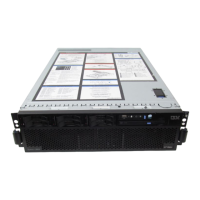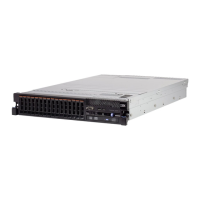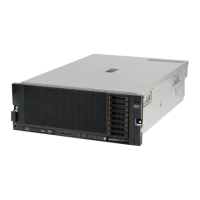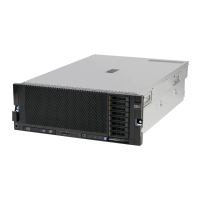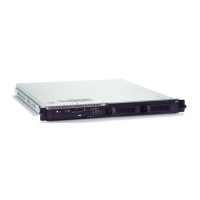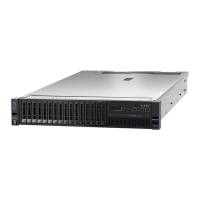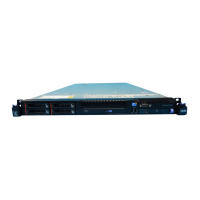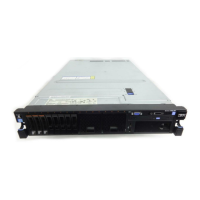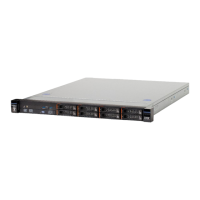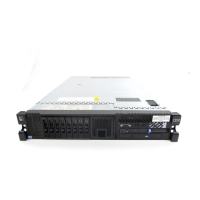Chapter 6. IBM System x3850 X5 and x3950 X5 263
a
Depending on the processor workload, enabling TurboMode might also increase power
consumption. The actual processing performance boost that you get from TurboMode depends
on the environment that the server is in terms of temperature and humidity, because the
processor will only boost performance up to the environmental limits set by the processor.
b
These Virtualization settings are recommended for a stand-alone host only. For multiple
virtualized hosts, in clustered workloads, use the Maximum performance settings instead.
6.10 Installing an OS
This section provides an overview of the options that you have when installing an OS on the
x3850 X5. We provide instructions for VMware ESX/ESXi installation when a MAX5 is
attached to the x3850 X5 and for installing an OS with a USB key are provided, as well as
additional installation topics.
We recommend that you use ServerGuide for your OS install procedure. For more information
about ServerGuide, see 9.8, “IBM ServerGuide” on page 501.
Topics in this section:
6.10.1, “Installing without a local optical drive” on page 263
6.10.2, “Use of embedded VMware ESXi” on page 271
6.10.3, “Installing the ESX 4.1 or ESXi 4.1 Installable onto x3850 X5” on page 275
6.10.4, “OS installation tips and instructions on the web” on page 288
6.10.5, “Downloads and fixes for x3850 X5 and MAX5” on page 293
6.10.6, “SAN storage reference and considerations” on page 294
6.10.1 Installing without a local optical drive
If you do not have a local optical drive, you can install an OS using any of the following
methods:
“IMM”
“Local USB port” on page 265
“ServerGuide Scripting Toolkit” on page 266
“Preboot eXecution Environment (PXE)” on page 271
“Tivoli Provisioning Manager for OS Deployment” on page 271
The following sections provide details for each method.
IMM
A remote control feature is available through the IMM web interface. You must log in to the
IMM with a user ID that has Supervisor access. You can also assign to the server a CD or
DVD drive, diskette drive, USB flash drive, or disk image that is on your computer.
The following server OSs have USB support, which is required for the Remote Disk feature:
Microsoft Windows Server 2008
Microsoft Windows Server 2003
Red Hat Linux versions 4.0 and 5.0
SUSE Linux version 10.0
Demand Scrub Enabled Enabled Disabled Enabled Disabled
Setting MaxImum
performance
Virtualization
b
Low latency Performance
per watt
HPC
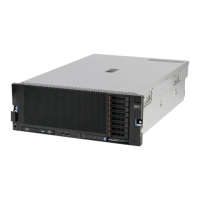
